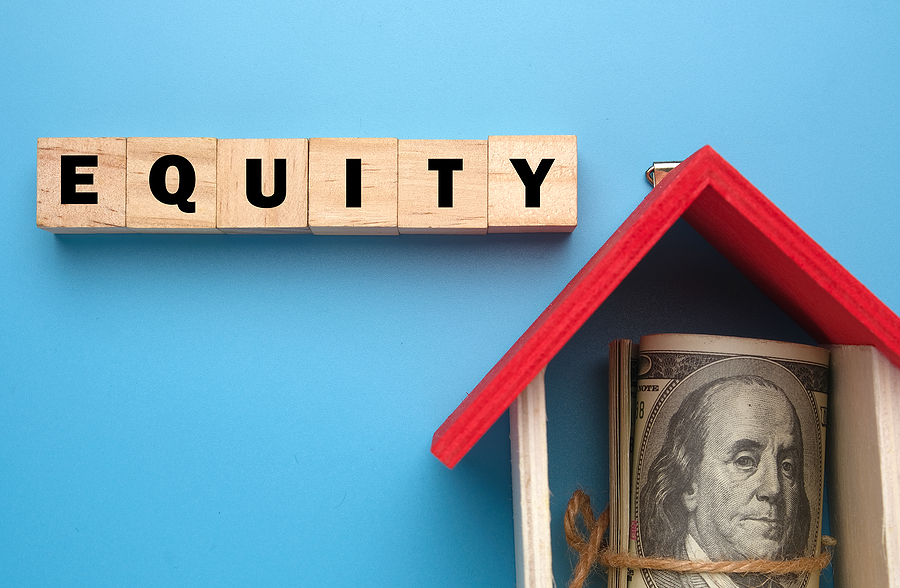There may come a point when you realize that your home equity line of credit (HELOC) no longer has a place in your budget. But that doesn’t mean you can simply forget about paying your balance.
Paying off your balance and closing the line of credit is the quickest and most efficient way to remove it from your budget. It’s also one of the most costly, as you need to put out a large sum of money upfront.
Fortunately, there are many ways to refinance a HELOC. Here are five options to consider:
1. Apply for a New HELOC
While it may not make sense at first, there are some benefits of applying for a new HELOC. Among them is the ability to start the draw period back at the beginning. This can equate to a lower monthly payment for the time being.
Just keep in mind that your interest rate could be higher, which is something you’ll have to contend with in the future.
2. Contact Your Lender
You don’t take out a HELOC with the idea that you’ll one day run into financial trouble, but this could happen. If it does, contact your lender to discuss your options.
They may be able to adjust your loan term, interest rate, and/or monthly payment to help you through a rough patch.
If financial assistance is what you need, don’t be afraid to ask for it.
3. Use a Home Equity Loan
A HELOC and home equity loan are not the same. A home equity loan allows you to obtain money in one lump sum. Subsequently, you can use it to pay off your HELOC – and maybe even some other debts that you have.
With a fixed term and interest rate, you know what your monthly payment will be and when your loan is due to be paid off.
If you’re going to consider this, be sure that you’re comfortable with the monthly payment.
4. Refinance Your HELOC and Mortgage
If you have both a HELOC and a mortgage, you can refinance both of them into a new mortgage. This is a particularly good idea if you can secure a refinance rate that’s lower than your current rates.
Take into consideration the savings associated with both a 15 and 30-year refinance. Also, take into account closing cost.
5. Use a Personal Loan
This works in much the same way as a home equity loan. The primary difference is that a personal loan is unsecured, so there’s no collateral. With that, you can expect a slightly higher interest rate.
Not only does a personal loan allow you to pay off your HELOC, but you may be able to use it to consolidate other debts, too.
Final Thoughts
Refinancing a home equity line of credit isn’t something you want to dive into without strongly considering the pros and cons. However, should you decide that it’s the right decision, don’t hesitate to learn more about the five options above.
Do you have any experience refinancing a HELOC? Which option did you use?


Related Posts :
5 HELOC Questions Every Borrower Should AskWhy is a HELOC a Good Decision?
Do These HELOC Benefits Excite You?
What To Do If You Can’t Repay Your HELOC
Is a HELOC a Good Idea? Sometimes Yes, Sometimes No